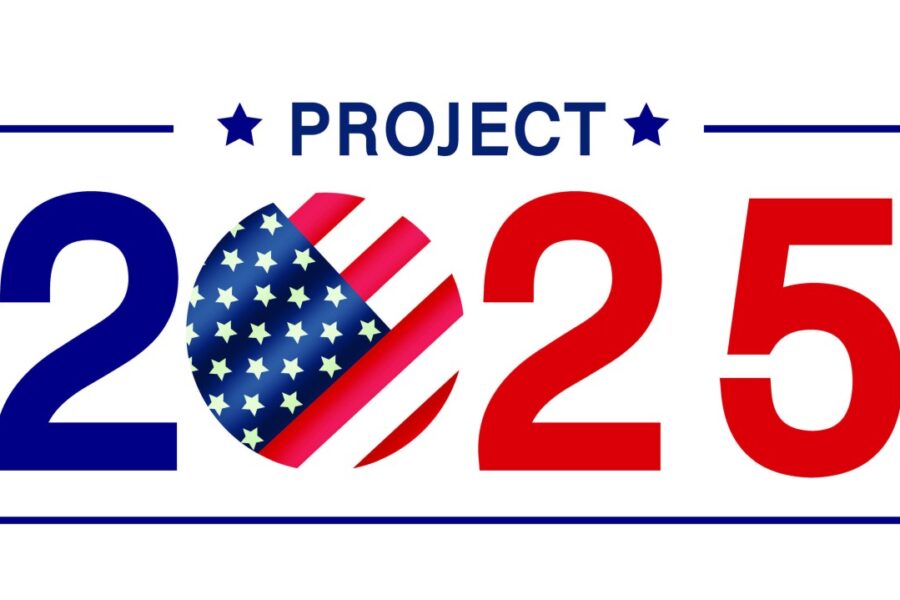We knew it was coming.
In recent years, diversity, equity, and inclusion (DEI) initiatives were integrated into the strategic plans of many organizations, institutions, and corporations. In 2020, at the height of racial and equity reckoning, ALDI, Walmart, and other major organizations publicly championed DEI efforts, citing them as evidence of their commitment to fostering equitable workplaces.
Yet, here we are. Contending with the abandonment of progress.
The recent rollbacks on DEI initiatives and commitments echo a truth as old as time itself: Much of the progress made in DEI has been superficial. It has too often been performative – a façade, rather than a true reckoning with systemic inequities.
This phenomenon, “the illusion of inclusion,” begets a false sense of progress. There are, of course, several purely symbolic actions for which leaders can take ownership and declare as “progress” … think: hiring a Chief Diversity Officer or prioritizing DEI professional development workshops as evidence of success.
But, once you look past the “PR spin,” these transparent actions leave many of us saying (in our best Miranda Priestly from The Devil Wears Prada voices), “It’s giving… symbolism over substance.”
Reneging on DEI programs is not just an abandonment of progress for different races; it represents a broader erosion of equity that affects a wide spectrum of historically excluded groups. While DEI initiatives are often framed as primarily addressing racial inequities, their roots and impacts extend far beyond race. White women, veterans, people with disabilities, Native Americans, and the LGBTQIA+ community have also benefited from DEI measures, which addressed historically systemic barriers in hiring, compensation, and promotion.
The issue is that there is an invisible history of inequity that isn’t talked about, which leads individuals to believe that DEI isn’t for them, therefore the dismantling of it won’t affect them. Au contraire, mon frère.
DEI issues are, at their core, human issues. We cannot ignore our intersection.
Here’s a little history lesson:
For decades, women were denied basic rights and opportunities in the workplace. Affirmative Action played a significant role in advancing women’s rights and opportunities during the 1970’s. And let’s be clear – white women were among the primary beneficiaries of affirmative action policies during that time. The reason? While affirmative action addressed gender and racial disparities, many programs focused on increasing opportunities for women broadly, without differentiating by race. White women also had the demographic advantage of entering the workforce in greater numbers than women of color, in addition to legal advocacy and enforcement organizations being run by white women.
Consider also our veterans, who faced challenges reintegrating into civilian life, often contending with workplace stigma and lack of accommodations. So the G.I. Bill was introduced… but, while the bill did not explicitly exclude Black veterans, widespread discriminatory implementation practices at the state level effectively prevented Black veterans from receiving their full benefits at the time.
DEI programs sought to address these inequities faced by women, veterans, people with disabilities, LGBTQIA+ individuals, and others by promoting hiring practices that emphasized equity and fostering environments where individuals could thrive regardless of gender, race, or other identity factors.
The benefits of DEI programs are measurable and have been measured through peer-reviewed research. Yet, when companies quash these programs under the guise of “streamlining” operations or responding to political pressures, they send a clear message: Their commitment to equity is conditional, not enduring.
The illusion of inclusion has allowed organizations, institutions, and corporations to accept mediocrity as the status quo. Surface-level actions rarely disrupt the deep-seated inequities embedded within institutional and systemic structures. As a result, leadership resists further change, hiding behind the shadow of progress while perpetuating patterns of bias and exclusion through complacency.
And we are seeing this in real time.
ALDI and Walmart, for example, have deprioritized their DEI commitments, citing economic pressures and the need to focus on “streamlining operations” or “core business objectives.” In doing so, they reinforce the notion that equity and profitability are mutually exclusive – when, in fact, studies and data have shown that diverse and inclusive workplaces outperform their counterparts in innovation and profitability.
By abandoning these initiatives, corporations not only fail to deliver on their promises but also exacerbate the very inequities they claimed to address.
When institutions, organizations, and corporations deprioritize DEI, they also undermine the gains made by women, veterans, and other historically excluded populations.
To move beyond the illusion of inclusion, institutions, organizations, and corporations must embrace DEI as a continuous process, a commitment to examining the root causes of inequity within their organizations and taking bold, transformative actions to address them.
We are long past symbolic gestures. They are insufficient, belittling, and, frankly, exhausting. True, transformative progress requires – no, it demands – sustained effort, financial resources, human capital, and accountability.
What we are seeing 28 days into 2025 is a stark reminder that equity is not inevitable. It must be actively defended.
To learn more about how the Inclusive Philanthropy Institute can partner with you in sustaining your DEI efforts, please contact us for a no-cost consultation: maia@inclusivephilanthropy.org




